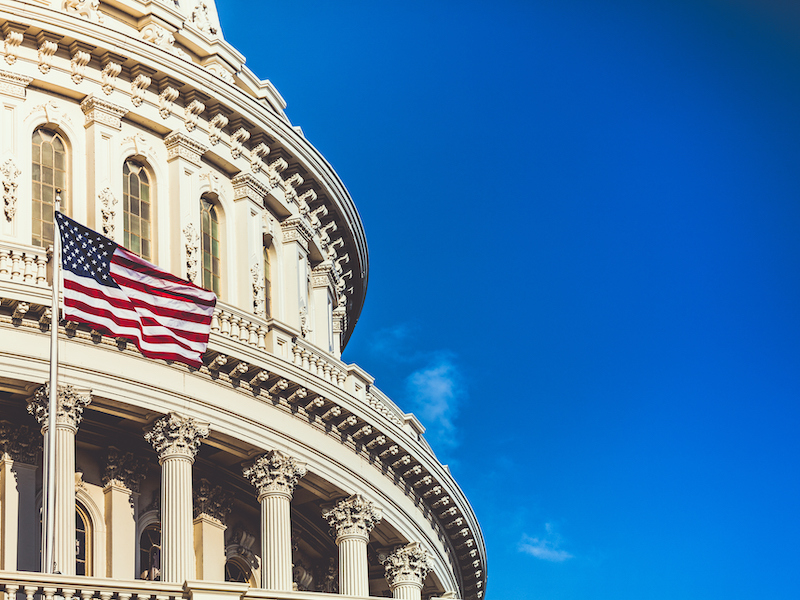Senate’s RISE & SHINE Act vs. SECURE 2.0: A quick comparison
August 10, 2022

On June 14, the Senate Health, Education, Labor and Pensions (HELP) Committee approved legislation called the Retirement Improvement and Savings Enhancement to Supplement Healthy Investments for the Nest Egg, or RISE & SHINE.
RISE & SHINE is the Senate’s answer to the Securing a Strong Retirement Act of 2022 (SECURE Act 2.0), passed by the House of Representatives in March of 2022.
It also includes aspects of the Retirement Security and Savings Act of 2021, as well as another proposed bill aimed at increasing workers’ emergency savings. Workers without emergency savings may be more apt to require hardship withdrawals from retirement savings to pay for unexpected expenses.
Both pieces of legislation aim to improve retirement security for U.S. workers while encouraging and protecting retirement savers both before and after retirement. The process of reconciliation and final passage can take time, but it’s important to recognize now that if a bill becomes law, plan sponsors and participants are likely to be affected in several ways.
While both bills seek to address retirement savings and security, there are some important differences. Let’s take a look at the possible changes ahead for employers, workers, and retirees.
What do SECURE 2.0 and RISE & SHINE have in common?
Important common provisions of both bills include allowing 403(b) plans to participate in pooled employer plans (PEPs) and multiple employer plans (MEPs). Both bills also seek to eliminate unnecessary regulatory requirements related to unenrolled plan participants.
To help increase workers’ access to retirement savings opportunities, both bills include provisions to reduce the years of service requirement for part-time employees to qualify for participation in an employer’s retirement savings plan. Employees working 500 hours or more per year could become eligible after two years of service instead of three.
In addition, both bills direct the Department of Labor to update regulations regarding benchmarking investments that use a mix of asset classes (such as target date funds).
What’s in RISE & SHINE, but not SECURE 2.0?
Among the most important parts of RISE & SHINE that weren’t also mentioned in SECURE 2.0 is language that seeks to allow employers to auto-enroll employees in an emergency savings account, at an auto-deferral of up to 3%. Employers could match employee contributions, but participants could not keep more than $2,500 in these emergency savings accounts.1 Access to emergency savings account funds would not have the same requirements imposed on hardship withdrawals.
A second important part of RISE & SHINE would allow small business employers to use retirement plan funds to cover some incidental plan design administrative costs, such as implementing auto-enrollment or auto-escalation. The idea is that this change could help lower costs to employers while providing better plans to employees, supporting the long-term goal of improving retirement savings overall.
Currently, a separated participant with a vested balance less than $5,000 can be subject to a mandatory cash out. RISE & SHINE seeks to raise that limit to $7,000.1
What’s in SECURE 2.0, but not in RISE & SHINE?
The two bills approach auto-enrollment differently. While SECURE 2.0 includes a mandatory auto-enrollment provision for businesses with more than 10 employees, RISE & SHINE doesn’t — but RISE & SHINE seeks to include a provision for automatic re-enrollment every three years. Other provisions in SECURE 2.0 that aren’t part of RISE & SHINE include:2
- Increasing the catch-up contribution limit from $6,500 to $10,000 at ages 62, 63 and 64
- Incrementally raising the age for required minimum distributions (RMDs) to 75 by 2032
- Allowing employers to treat student loan payments as elective deferrals for the purpose of matching contributions
What happens next?
Future steps toward final legislation would need to include the release of, and a vote on, a final Senate bill, followed by reconciliation with SECURE 2.0, and both chambers of Congress voting on a final, combined bill.
Just bookmark our Insights page to stay in step with a constantly evolving regulatory landscape. There, you’ll also find information and commentary on industry trends, news that impacts markets, and opportunities to register for upcoming events.
SOURCES
1Congress.gov, Text: S.4353 - RISE & SHINE Act, June 21, 2022.
2Congress.gov, Text: H.R.2954 — 117th Congress (2021-2022), March 30, 2022
CMRS-4862900.1-0722-0824